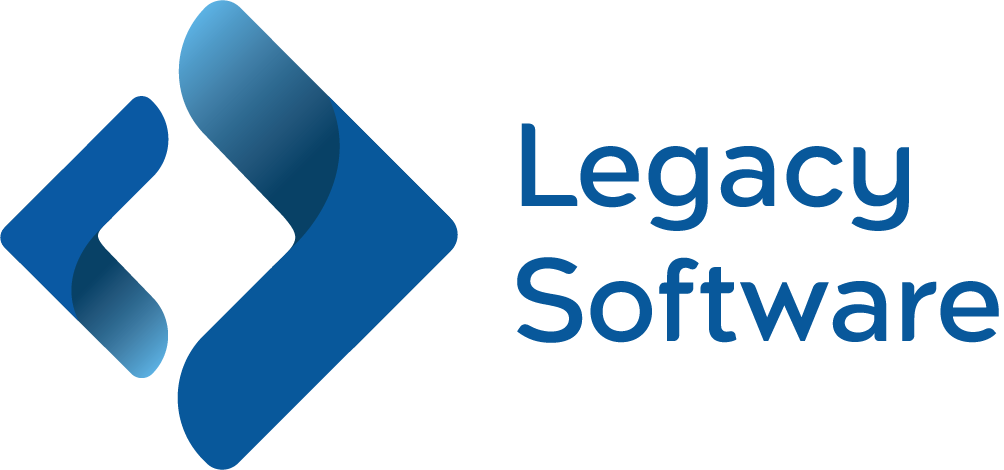Understanding legacy systems
The Legacy Directory - Enterprise Automated Software Inventory
There are some universal truths in computing:
- The simpler the change the more likely it is to bite you when and where you do not expect.
- There will always be more work required than your team can humanly do.
- Management will always ask you to save money.
The software development and management process becomes ever more complicated as time goes
on. New technologies compete with existing systems creating a complex, multi-layered environment that keeps
getting more costly to maintain.
Automated inventory analysis can help to make software management easier, cheaper and less expensive.
The Legacy Directory completely automates the production of a software inventory and quickly provides detailed analysis of
the impact of change in an easy to use and familiar environment. With minimal input from technical
specialists, it allows you to quickly identify areas where cost savings can be realised.
Making it easier to keep track of your software
- Provides an accurate software inventory
Understanding multiple software languages, environments and platforms is the key to collecting all application
information and inter-dependencies together in one place. The Legacy Directory is a simple, cost effective solution.
The Legacy Directory processes the broadest range of programming languages, databases and control information, and is
flexible enough to support obscure programming languages.
The Legacy Directory automates the entire inventory gathering process. With The Legacy Directory you can identify redundant source
code quickly and easily. Automatic orphan processing identifies where source code has been lost.
- Instantly available impact analysis
The Legacy Directory not only provides all the information necessary to generate an accurate software inventory, it also
gives the user the ability to instantly assess the impact of change on existing systems.
The language used is irrelevant, the coding standards unimportant.
The Legacy Directory synthesises all the information about your applications portfolio into a common format. Even if you
have site-specific language pre-processors, or use obscure languages, The Legacy Directory can support them
- The performance product
The Legacy Directory can completely automate the manual processes that have tended to slow down software maintenance
or have required system experts to be always on hand.
- Automated and flexible rules based code scanning is achieved using a product kernel and rules tables for each language. The benefits of this approach are the low levels of system resources needed to run The Legacy Directory, and the speed in which “in house” anomalies can be extracted. Out of the box, The Legacy Directory supports over 60 languages, database definitions, TP Monitors and Job Control information. Older languages as diverse as Assembler, Mantis, and CA/Ideal are handled in exactly the same way producing consistent and useful output.
- Asynchronous Object Matching is the key to the speed of The Legacy Directory. By only extracting information from code in a downwards direction (i.e. the child relationships from an object) the matching of application objects is undertaken only at the point that the application information is loaded to the Directory's database. By not attempting to resolve all relationship issues at the time of the code scan, The Legacy Directory saves time, effort and resources, and still produces an accurate metadata model of your entire software stack that is easy to understand.
- Optimised Database Structures are vital when the time taken to access information is critical. The Legacy Directory delivers answers in a fraction of the time of other code scanning techniques such as "ISPF 3.14" and proprietary code scanners used by configuration and library management products. Instant access to data enables development and maintenance staff to be more efficient. More importantly, The Directory reduces the use of CPU and I/O intensive products, providing savings in expensive computer resources.
- Scripting facilities are provided to pinpoint areas of interest. The Legacy Directory delivers answers at the depth and
quality required in a standard and consistent manner. Using standardised techniques, the scripting
facility uses very little systems resources and delivers an integrated picture of required information.
In summary: The Legacy Directory provides robust, enterprise wide information on your application systems:
For more information on The Legacy Directory contact us today

